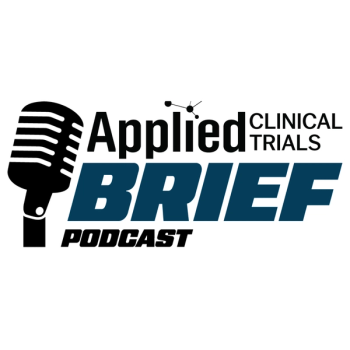
Certara Launches Cardiac Safety Simulator to Determine Likelihood That New Drug Candidates Could Cause Potentially-Fatal Arrhythmias
Simulator helps sponsors to assess arrhythmia risk before a candidate enters clinical trials; determine safe drug doses for specific patient populations.
Certara
™, a leading provider of software and scientific consulting services to improve productivity and decision-making from drug discovery through drug development, today announced the launch of its Cardiac Safety Simulator™ (CSS), based on an in-silico model of human ventricular heart cells. When the CSS is integrated with Certara’s Simcyp™ Population-based Simulator, it allows for the in-vitro to in-vivo extrapolation of the pharmacokinetic and pharmacodynamic data to predict the likelihood that a drug candidate will exhibit cardiac toxicity.
“Our Cardiac Safety Simulator can help to determine whether a drug candidate is likely to cause disruption of the electrical potential in the left ventricular cardiac cells and QT prolongation, which are surrogates for potentially-fatal arrhythmias, before the drug candidate enters clinical trials. This is possible because the tool’s mechanistic modeling is based on human data,” said Dr. Sebastian Polak, principal scientist at Certara’s Simcyp, associate professor at the Jagiellonian University in Cracow, Poland, and chief architect of the CSS. “This model incorporates not only information about the chemical structure of the molecule, but also independent parameters including in-vitro study settings,” he added. QT is an electrocardiogram (ECG) marker, which represents the ventricular repolarization that occurs when the heart beats.
As the CSS includes a virtual population generator, it allows sponsors to model variability between individuals as well as within them. Sponsors are no longer looking at average individuals, but at entire populations in which they can determine the number, gender and age of participants. The CSS can predict differences in response based on demographic, physiological, and genetic variations. It also factors in chronopharmacology and the fact that individuals can respond differently to a drug dose at different times of the day. Results are displayed as pseudo ECGs.
Sponsors can continue to use the CSS throughout the drug development process, further refining their cardiac risk analysis as clinical data becomes available. The CSS can also be used to help determine safe drug doses for specific patient populations.
The CSS’ initial focus will be on QT prolongation. However, there are already plans underway to include additional electrophysiology endpoints, and also heart contractility and heart muscle cell metabolism modules in the CSS.
Newsletter
Stay current in clinical research with Applied Clinical Trials, providing expert insights, regulatory updates, and practical strategies for successful clinical trial design and execution.





.png)



.png)



.png)
.png)
